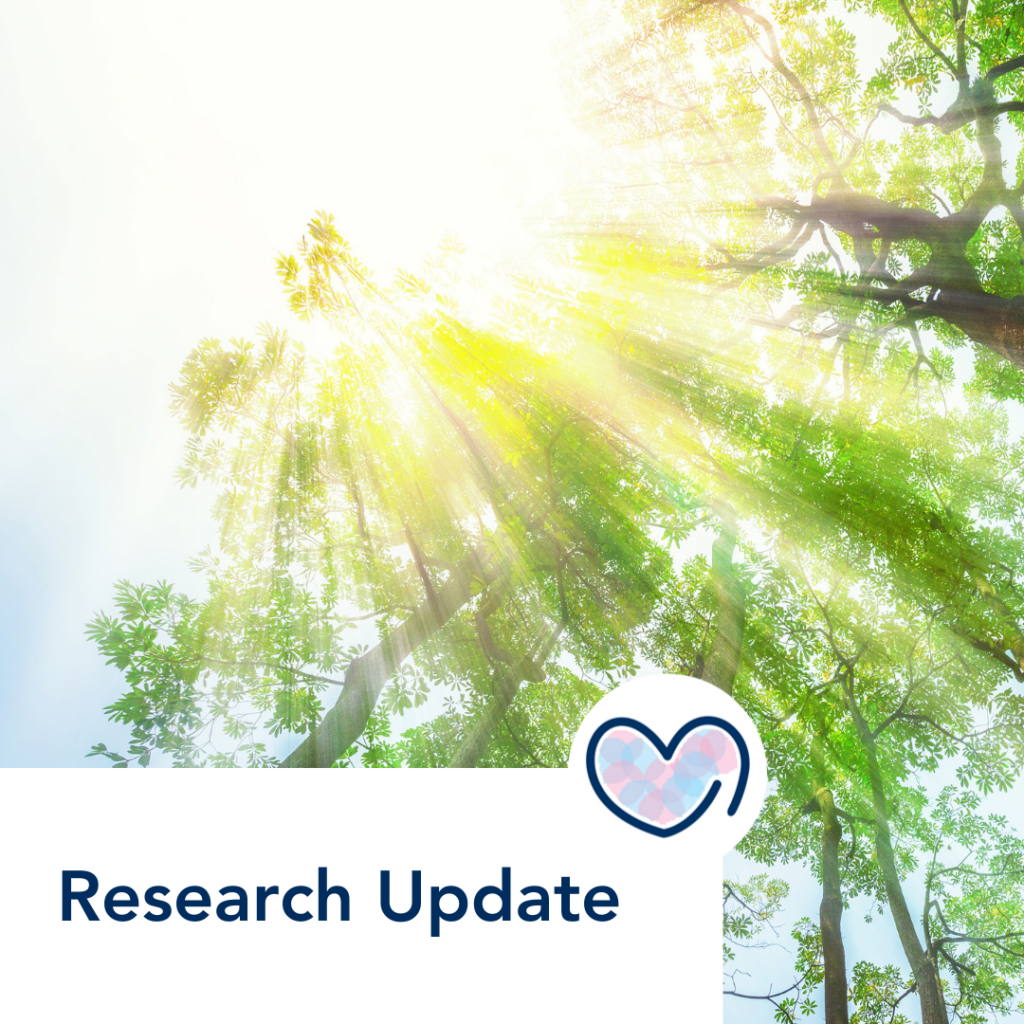The Raymond A. Wood Foundation is honored to share a significant development in our journey to better understand childhood-onset craniopharyngiomas and caregiver impact. Recently, a commentary was published in the Journal of Clinical Endocrinology and Metabolism, offering invaluable insights into the research conducted by the Raymond A. Wood Foundation entitled Caregiver Burden and Its Relationship to Health-Related Quality of Life in Craniopharyngioma Survivors. In this post, we’ll explore what a commentary is, what it conveys about our study, who authored it, and the key takeaways for our community.
Understanding the Role of Commentaries
A commentary, in the realm of scientific research, serves as an expert analysis and discussion of a previously published study. It’s an additional layer of scrutiny and interpretation, shedding light on the nuances and implications of the original research findings.
Decoding the Insights
The recently published commentary entitled Childhood-onset craniopharyngioma – a life-long family burden? delves into our foundation’s groundbreaking study on the impact of craniopharyngioma on caregivers. Authored by distinguished experts in the field, it provides a comprehensive analysis of our research, emphasizing critical aspects that impact the lives of patients and caregivers alike.
Authors of the Commentary
The commentary was authored by Julia Beckhaus, Carsten Friedrich of University Children’s Hospital, Carl von Ossietzky University Oldenburg, Germany led by Hermann L. Müller, a distinguished researcher in the field of craniopharyngioma research. Their wealth of experience and expertise adds weight to their analysis, offering a valuable perspective on the research conducted by the Raymond A. Wood Foundation.
Highlights from the Commentary
- Focus on Quality of Life: The commentary places a spotlight on the evolving treatment strategies, emphasizing a shift towards approaches that prioritize the quality of life for long-term survivors.
- Impact on Caregivers: It recognizes the pivotal role caregivers play in the journey of individuals with craniopharyngiomas. The commentary highlights the challenges faced by caregivers and emphasizes the need for comprehensive support.
- Holistic Treatment Approach: The commentary underscores the importance of considering not just the patient, but also the caregiver, in the overall treatment framework. It encourages a holistic approach to care.
- Validation of Research: Commentaries, like the one on our study, serve to validate and enhance the significance of the original research. They bridge gaps in understanding and pave the way for further advancements in the field.
“The Commentary nicely summarizes the breadth of research on patients’ quality of life after craniopharyngioma diagnosis and treatment. In this context, Beckhaus and coll. point to our study as the first one examining caregiver burden and its determinants in craniopharyngioma,” states Nathalie Kayadjanian, PhD, RAWF Scientific Advisor and one of the authors of the study. “According to the authors, our results are even more important given the loss of autonomy of children with craniopharyngioma resulting in life-long parental responsibility for monitoring their children. Consequently, our study provides evidence for further studying and incorporating the perspectives of caregivers into the decision-making process to improve support for caregivers and treatments for survivors of craniopharyngioma.”
Conclusion
This commentary is a testament to the impact of our collective efforts in advancing research on craniopharyngioma and its comorbidities. It reaffirms the importance of considering not just the medical aspects, but also the holistic well-being of patients and their dedicated caregivers. We extend our deepest gratitude to the authors for their insightful analysis.
These strides in research are moving us towards a brighter future for individuals affected by craniopharyngiomas. Support our work.


